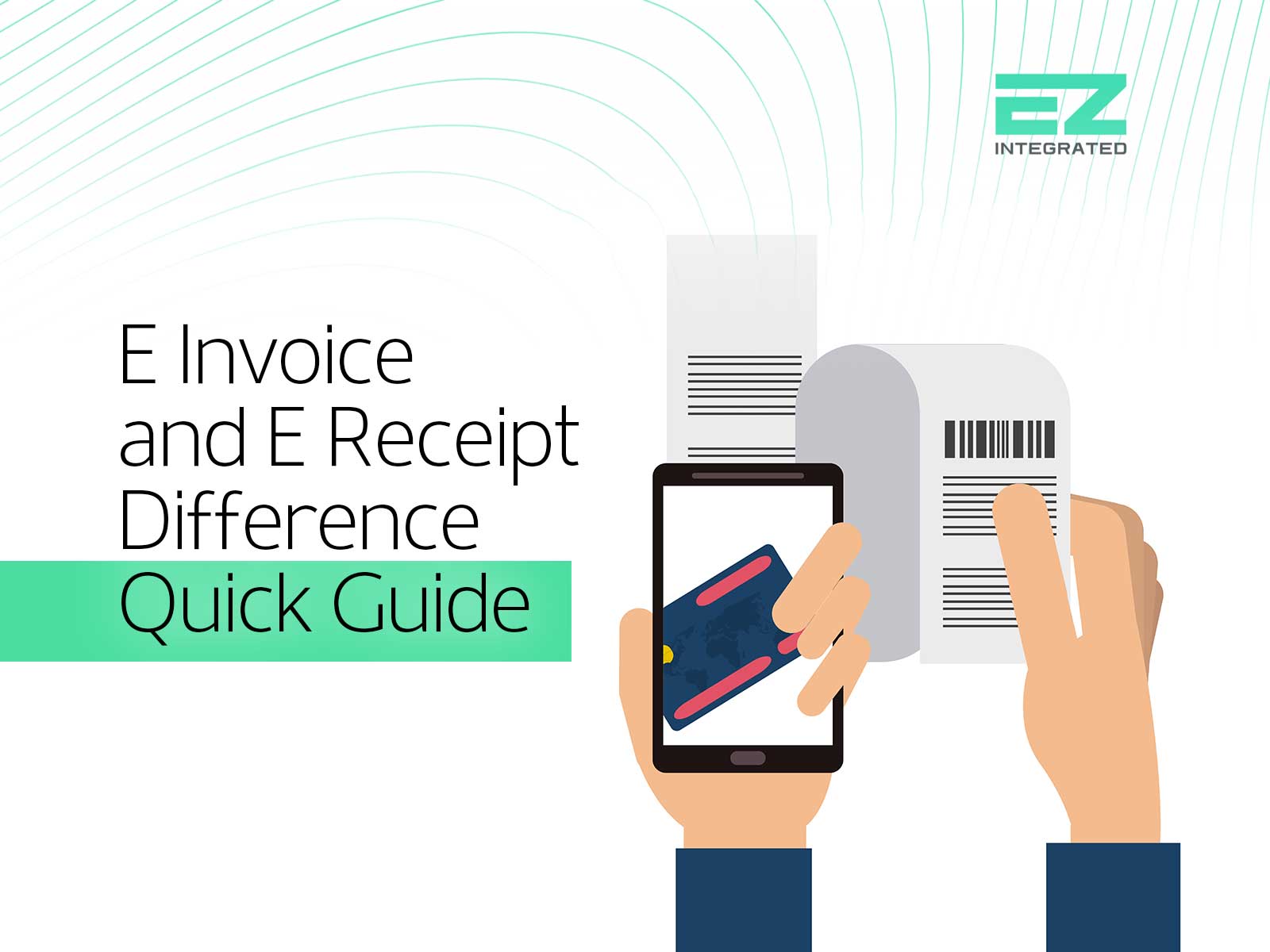As digital transformation accelerates in Saudi Arabia, understanding the e invoice and receipt difference has become crucial for businesses. Both documents play essential roles in financial transactions but serve distinct purposes.
This article breaks down the e invoice and receipt difference, their applications, and their significance in complying with ZATCA’s electronic invoicing standards.
What Is the E Invoice and Receipt Difference?
An e-invoice is a formal request for payment issued by the seller to the buyer. It includes details such as invoice type, serial number, and payment terms.
On the other hand, an e-receipt is issued after the payment is made, serving as confirmation of the transaction.
Understanding the e invoice and receipt difference ensures accurate financial documentation and compliance with local regulations.
Read Also: Key Differences Between Tax and Simplified Tax Invoices
E Invoice and Receipt Difference: A Closer Look
Here are the essential points distinguishing e-invoices from e-receipts:
1. Purpose
– E-invoices are used for legal, accounting, and tax-related purposes.
– E-receipts confirm that a payment has been received but lack the detailed information found in an invoice.
2. Content
– E-invoices include customer details, transaction items, taxes, and payment terms.
– E-receipts typically list the payment amount, method, and date only.
3. Regulatory Compliance
– E-invoices must comply with ZATCA’s “FATOORA” system, ensuring VAT compliance.
– E-receipts do not require adherence to these specific standards.
4. Tax Audits
– E-invoices are critical for tax purposes and can be requested during audits.
– E-receipts are insufficient for fulfilling tax documentation requirements.
Practical Example: E Invoice and Receipt Difference in Action
Imagine a customer purchasing goods from your online store in Saudi Arabia.
E-Invoice: You issue an e-invoice outlining the product details, tax amounts, and total due. This invoice serves as a formal financial record.
E-Receipt: After payment, an e-receipt is issued, confirming the transaction without providing product-level details.
This example illustrates the clear e invoice and receipt difference and their respective roles in business processes.
Why Understanding the E Invoice and Receipt Difference Matters
Grasping the e invoice and receipt difference helps businesses:
– Ensure compliance with ZATCA’s requirements.
– Maintain proper financial records.
– Avoid penalties during tax audits.
Ignoring these distinctions can lead to operational inefficiencies and regulatory risks.
Read Also: Step-by-Step E Commerce Invoice Guide for Online Stores
How EZ Integrated Simplifies the E Invoice and Receipt Difference
EZ Integrated offers advanced solutions to bridge the gap between your financial systems and ZATCA’s “FATOORA” platform.
With our support, you can easily manage the e invoice and receipt difference while ensuring full compliance with Saudi Arabia’s tax regulations. Contact us today to streamline your invoicing process and achieve operational excellence!
